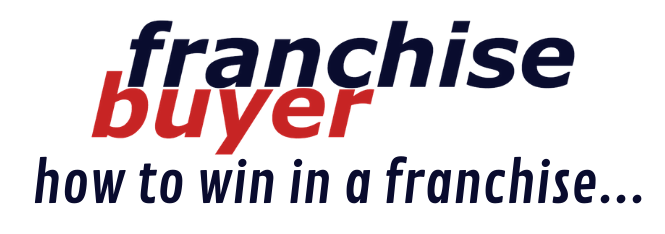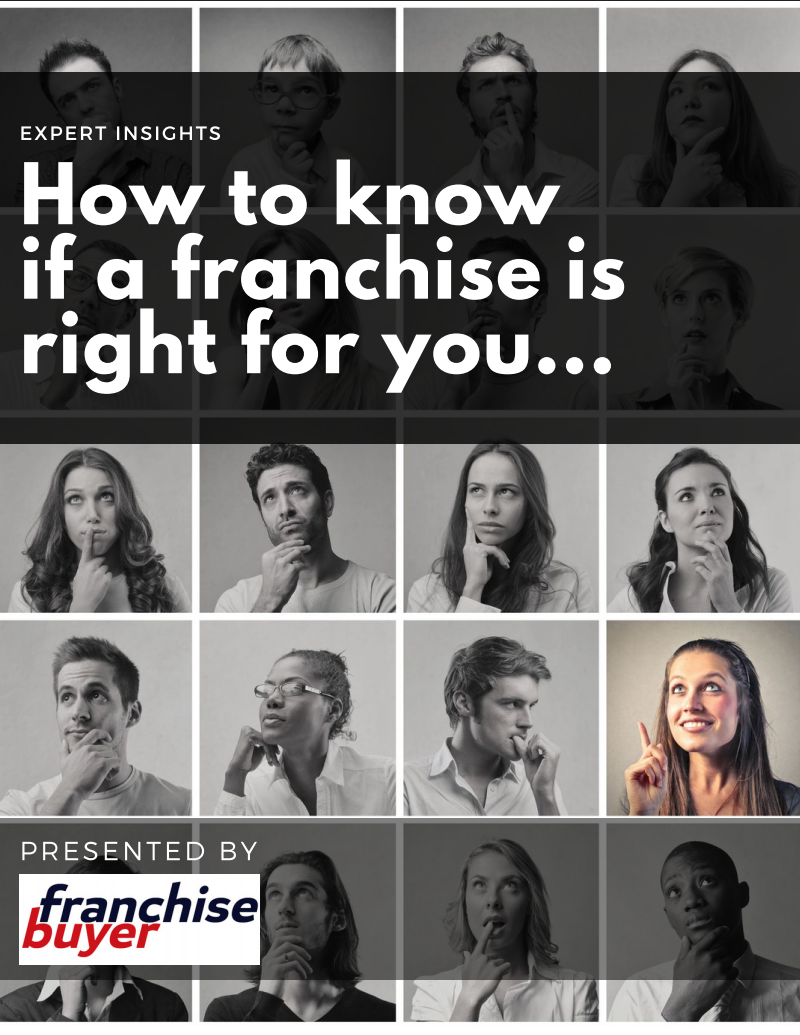June 22, 2016
The Five Signs of a Good Location
With so much data now available to aid location selection, the question becomes, what do I focus on, and where do I get it from?

Location expert, Peter Buckingham CFE, will zero you in on the key data.If you are buying a retail franchise it is crucial that you understand the basics of what makes a good location or otherwise.
While we can list 10 or 20 drivers or factors that lead to the success of a retail business, they have different levels of importance depending on what you are selling, and how. For example if you are selling petrol and convenience goods – ie 7-Eleven, Shell or Caltex, your first driver is probably the numbers of cars passing the site.
If you are a restaurant owner, and have a drive through as a major part of your business, this still may be your number one driver. If you have a local restaurant – sit down and wine and dine – then the area, demographics, competition and other factors will probably be more important than traffic driving past. So here is my list of drivers, and some view on their level of importance for some common types of businesses:
Traffic Going Past the Site (vehicle & foot)
If we are selling something that relies on a vehicle driver to spot the location and pull in, then traffic is probably the number one driver. If it is a service station and convenience store, a fast food outlet or a tyre shop, then the more traffic going past normally relates to better sales. If the franchise itself is the destination, then maybe it is acceptable to have a low volume of traffic or be in a deadend street – swimming centres for instance, where parking is a priority.
Suitable Demographics
Think of who the customer is likely to be and market the product towards them. If you are merchandising a high value product then high socio economic areas such as Toorak and Double Bay will be suitable locations. You can look up the ABS website www.abs.gov.au and Quikstats to evaluate any area in Australia. Make sure the area is suitable to the products you want to sell.

Shopping Centres
Why do large shopping centres ask for more rent than small ones? Quite simple: they attract more people to shop there. Shopping centres exist because of the adage ‘build it and they will come’.Think of a shopping centre in two measurements:
GLAR: Gross Leasable Area Retail – the size of the centre (sqm)
MAT: Moving Annual Turnover – how many dollars pass through
If you divide MAT by GLAR, ($/sqm), then you start to see how strong that shopping centre is. Big shopping centres like Chadstone (VIC) expect about $10,000+/sqm, and that means higher rents.
Shopping Strips
Shopping strips can vary from 800 plus shops, Chapel St, South Yarra for instance, to a few small outlets at the back of Windsor or Kellyville (all VIC examples). We use a measure called StripLocator to put some data around the shopping strips and compare them. Big shopping strips attract customers, and those with two or more supermarkets, will be the most desirable. Small shopping centres may look good, but if they are not attracting people to them, there just won’t be the trade.

Other Generators
Why do bed shops and electrical stores group together in Homemaker centres? Because the retailers have found it works. Many business owners think that if a competitor is nearby, that will halve the market (and their business). But data has repeatedly shown us that competitors take a smaller percentage of the business than is normally expected, and in many cases, actually work to build the business, as the area or centre becomes the focus for those specific sales, and the pie is greatly increased.
Why also do food outlets collect together? One answer may be because it is a food court in a shopping centre, but other areas in shopping strips like Surf Avenue, Mermaid Beach, Chapel Street, South Yarra and Alexandra Street, Crows Nest exist because they act as such a strong generator, all restaurants enjoy the benefits.
Property Guideline
We recommend to all Franchisors that they have a Property Guideline, a 2 page document describing what they are seeking as far as sites is concerned, that can be generally passed around real estate agents and others of interest to narrow down and describe the stores you are seeking. A document like this helps everyone remain focused on what best suits that type of business.
Summary
If I was looking at a location for a franchise outlet I would be asking how the location shapes up in terms of traffic, demographics, the shopping centre or shopping strip, and other generators (neighbours). I would also be asking my Franchisor what they recommend, and if they have a Property Guideline I can use. Select well Grasshopper…

















